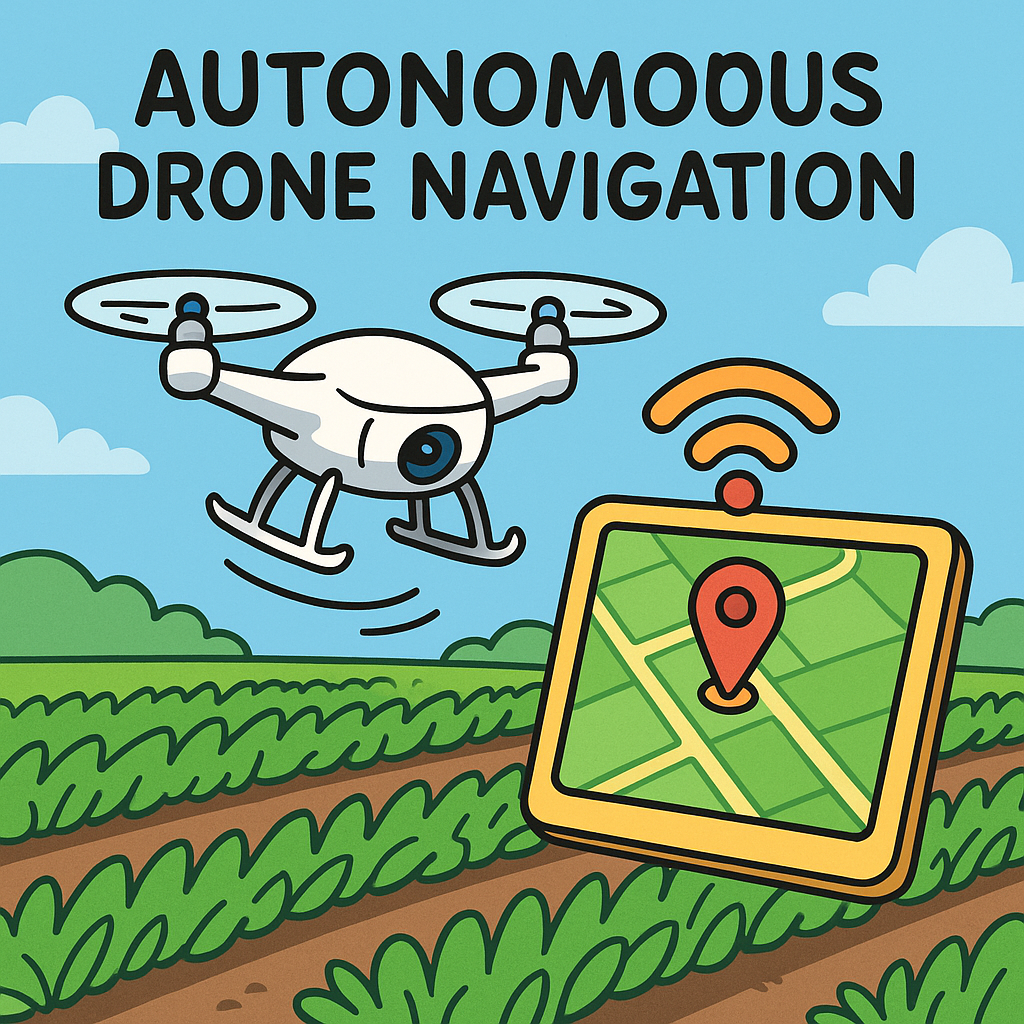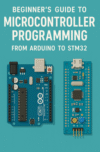Understanding RTOS in Autonomous Drone Navigation
The agricultural sector is rapidly evolving, with technology at its forefront. One of the standout innovations is the use of autonomous drones for enhancing farming practices. But what makes these drones not just fly but operate intelligently in real-time? Enter the Real-Time Operating System (RTOS), a pivotal component that allows drones to navigate complex agricultural environments with precision and reliability.
What is RTOS?
RTOS stands for Real-Time Operating System, which is vital for applications where timing is critical. Unlike conventional operating systems that prioritize throughput, an RTOS is designed to process data as timely as possible. This characteristic is essential for autonomous drones that must respond to environmental changes instantly, whether that’s avoiding obstacles or adjusting flight paths based on real-time data.
The Role of RTOS in Drone Navigation
When we think of drone navigation, we envision high-tech sensors and AI algorithms working in harmony. But beneath that sophisticated façade lies the RTOS, coordinating these components. Here’s how:
- Task Scheduling: An RTOS ensures that critical tasks, such as sensor data collection and motor control, are prioritized. This scheduling guarantees that the drone can react swiftly to inputs, such as avoiding an unexpected tree branch.
- Deterministic Behavior: In agriculture, where drones may fly in unpredictable terrains, deterministic behavior is crucial. An RTOS can ensure consistent performance, making it easier to predict how the drone will react under specific conditions.
- Resource Management: Drones are often limited by battery life and processing power. An RTOS helps manage these resources efficiently, allowing for longer flight times and more complex operations without overwhelming the system.
Choosing the Right RTOS for Drone Applications
Not all RTOS solutions are created equal. When selecting an RTOS for autonomous drone navigation, engineers must consider several factors:
- Performance: The RTOS must support high-performance applications, especially when dealing with AI algorithms and complex sensor data.
- Scalability: A good RTOS should be able to scale as the drone’s capabilities grow. As agricultural needs evolve, so too must the technology.
- Community and Support: An active community and robust support options can dramatically ease the development process, providing resources for troubleshooting and optimization.
Integration of Hardware and Software
One of the essential aspects of implementing RTOS in drones is the hardware-software integration. Microcontrollers like the STM32 or ESP32 are often at the heart of these systems. The choice between them can significantly impact performance. While the STM32 boasts higher processing power and advanced peripherals, the ESP32 offers excellent connectivity features, making it easier to transmit data back to farmers in real-time.
Challenges in RTOS Implementation
The journey of integrating an RTOS into autonomous drones isn’t without hurdles. Here are a few common challenges:
- Complexity of Development: Developing for an RTOS can be more complex than traditional systems due to its real-time constraints.
- Testing and Validation: Ensuring that the drone performs reliably under all conditions requires rigorous testing and validation, which can be time-consuming.
- Cost Considerations: While RTOS solutions can enhance performance, they may also increase the overall cost of the drone, which is a significant factor for many agricultural businesses.
Future Trends in RTOS and Drone Technology
As agricultural demands shift towards precision farming, the integration of RTOS in drones will become increasingly sophisticated. We can anticipate trends such as:
- AI and Machine Learning: Combining RTOS with AI accelerators will enable drones to learn from their environments and make real-time decisions, enhancing their efficacy.
- IoT Connectivity: Drones will likely become part of larger IoT ecosystems, sharing data across platforms to optimize farming practices.
- Regulatory Changes: As drone technology evolves, so too will the regulations governing their use, influencing how RTOS must adapt to comply with new standards.
Final Thoughts
Implementing an RTOS for autonomous drone navigation in agriculture isn’t just about keeping up with technological trends; it’s about embracing a future where farming is more efficient, sustainable, and data-driven. As we continue to innovate and overcome the challenges of RTOS implementation, the potential for enhancing agricultural productivity becomes limitless. The fusion of reliable, real-time systems with cutting-edge drone technology will usher in a new era of farming, one where farmers can leverage data and automation to cultivate their fields like never before.



